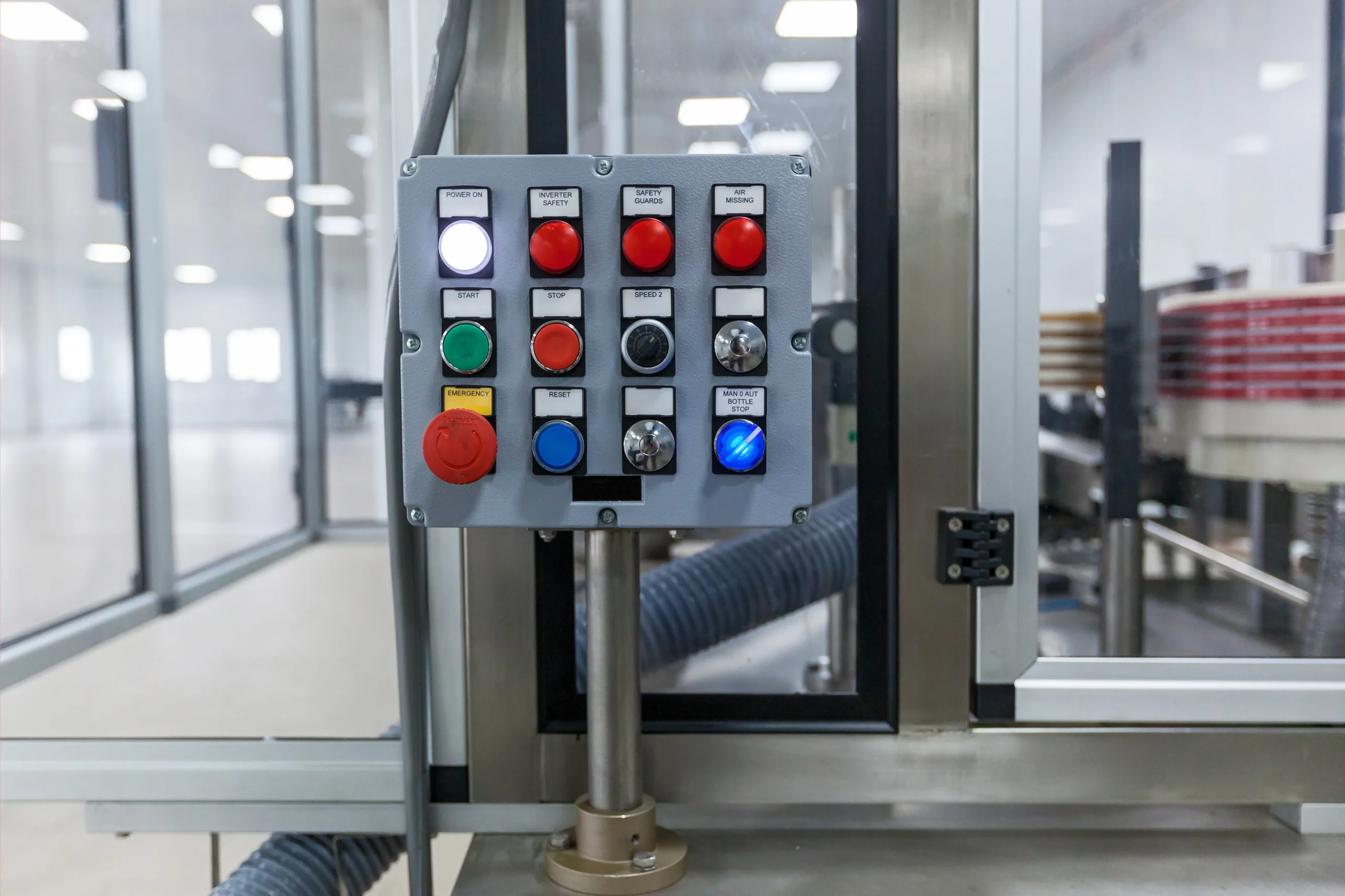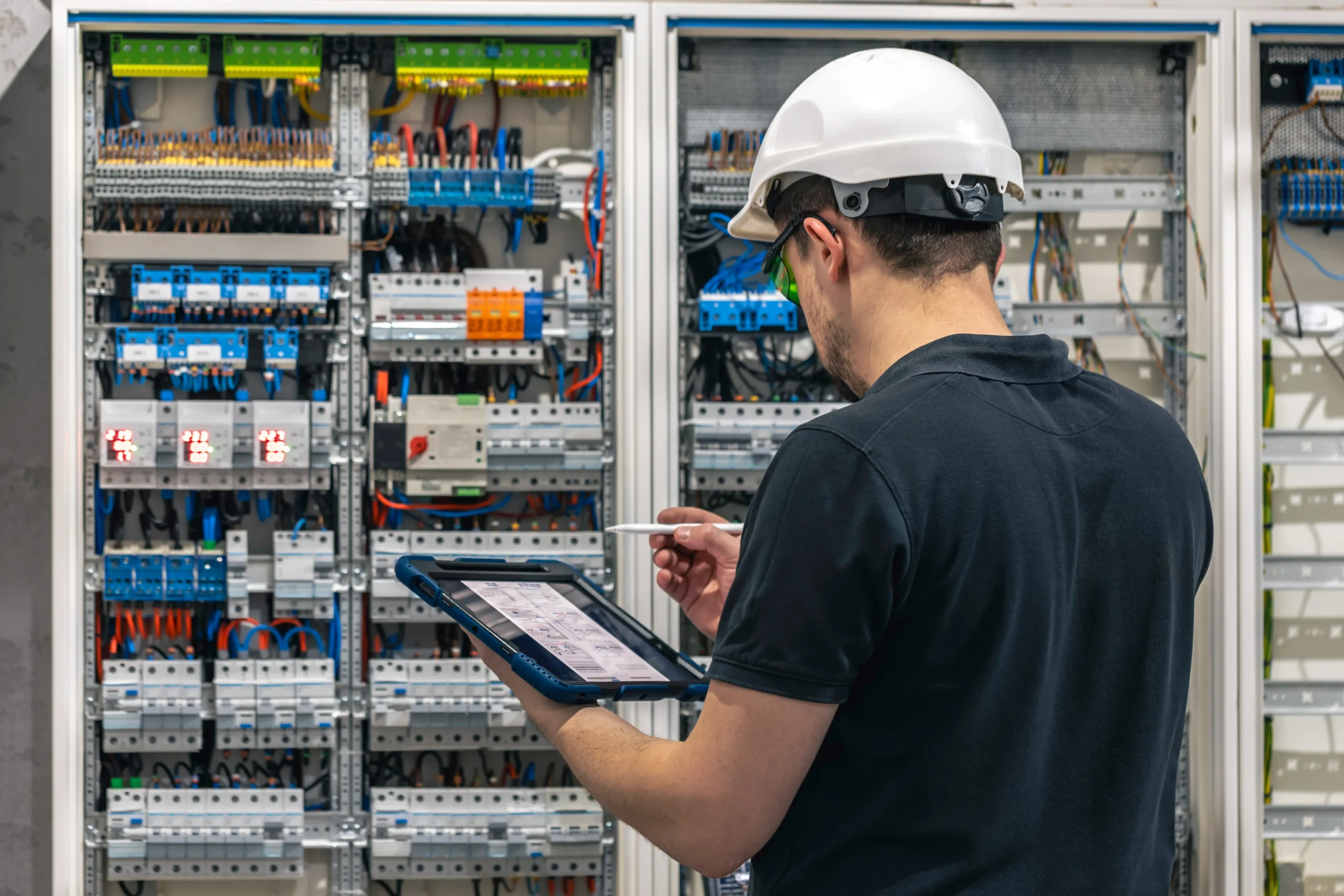The Aveva System Platform offers unparalleled scalability and flexibility, making it a powerful solution for diverse industrial applications. This article explores the scalability and adaptability of Aveva’s System Platform, its benefits, and success stories from companies that have leveraged its capabilities, provided by PIMA, an Aveva technology partner.
Understanding the Scalability of the Aveva System Platform
Definition and Features
The Aveva System Platform is designed to scale seamlessly with the growth of industrial operations. Its architecture supports small-scale implementations and large, complex systems, ensuring it can handle increasing data volumes and more extensive operational requirements.
Adaptability to Industrial Applications
Aveva’s platform is versatile, adapting to various industrial applications, from manufacturing and energy to utilities and infrastructure. This flexibility allows it to integrate with existing systems and scale according to business needs.
Benefits of a Flexible and Scalable Platform
Cost Savings
A scalable platform reduces the need for extensive system overhauls as businesses grow. It allows for incremental upgrades, which translates to cost savings over time.
Improved Performance
The flexibility of the Aveva System Platform ensures optimal performance across different applications, enhancing efficiency and productivity.
Future-Proofing
The ability to adapt to evolving technologies and business needs means that companies can future-proof their operations, ensuring long-term viability and competitiveness.
Enhanced Integration
The platform’s scalability supports integration with various industrial systems and data sources, facilitating a unified process management and control approach.
Success Stories and Implementation Examples
Manufacturing Plant
A manufacturing plant adopted the Aveva System Platform to manage its expanding operations. The platform’s scalability allowed the plant to integrate new production lines and processes smoothly, resulting in a 20% increase in operational efficiency.
Energy Sector
An energy company utilized the flexible capabilities of Aveva’s platform to manage a diverse range of energy assets. The platform’s adaptability enabled the company to optimize its operations across different energy sources, improving overall performance and reducing operational costs.
Utilities Provider
A utilities provider implemented the Aveva System Platform to enhance its infrastructure management. The platform’s scalability facilitated the integration of new technologies and systems, supporting the provider’s growth and operational improvements.
Conclusion
The Aveva System Platform, provided by PIMA, offers exceptional scalability and flexibility, making it an ideal choice for various industrial applications. Its ability to adapt to growing business needs and diverse operational requirements brings significant benefits, including cost savings, improved performance, and future-proofing. By leveraging Aveva’s scalable solutions, companies can enhance their operations and achieve long-term success.
For more information on Aveva’s System Platform and its benefits, visit Aveva System Platform Solutions.
What Is an APFC Panel?
How It Saves You Money?
Avoids Penalties:
Reduces Reactive Load:
Lowers Demand Charges:
Protects Equipment:
Real-World Savings: How Businesses Save Lakhs?
Who Needs an APFC Panel?
- Textile
- Plastics & Injection Molding
- Pharmaceuticals
- Metal Processing
- Cement
- Commercial buildings like malls and hospitals
What’s Inside an APFC Panel?
- Controller (Relay or Microcontroller): Brain of the system.
- Capacitor Banks: Provide reactive power correction.
- Contactors: Switch capacitors on/off.
- Current Transformers (CTs): Measure load.
- Protection Devices: Keep the system safe.
- Cooling Fans: Ensure thermal stability.
Why Power Factor Matters?
Final Thoughts
FAQs
Subscribe for More Insights

Plant SCADA + Energy Dashboards: The Future of Factory Utilities with Pima & Schneider



Reduce Downtime with Remote Monitoring Using Modicon M580, Harmony iPC & Edge Box



Rockwell Automation Packaging Solutions for FMCG & Pharma


Rockwell Automation GuardLogix®: Machine Safety for Greenfield Projects


Seamless Migration from Legacy PLCs to CompactLogix™ 5380: A Modernization Roadmap for Industrial Plants


PIMA & AVEVA™ at Pharma Pro & Pack Expo 2025: Smart Pharma Automation

Plant SCADA + Energy Dashboards: The Future of Factory Utilities with Pima & Schneider



Reduce Downtime with Remote Monitoring Using Modicon M580, Harmony iPC & Edge Box


